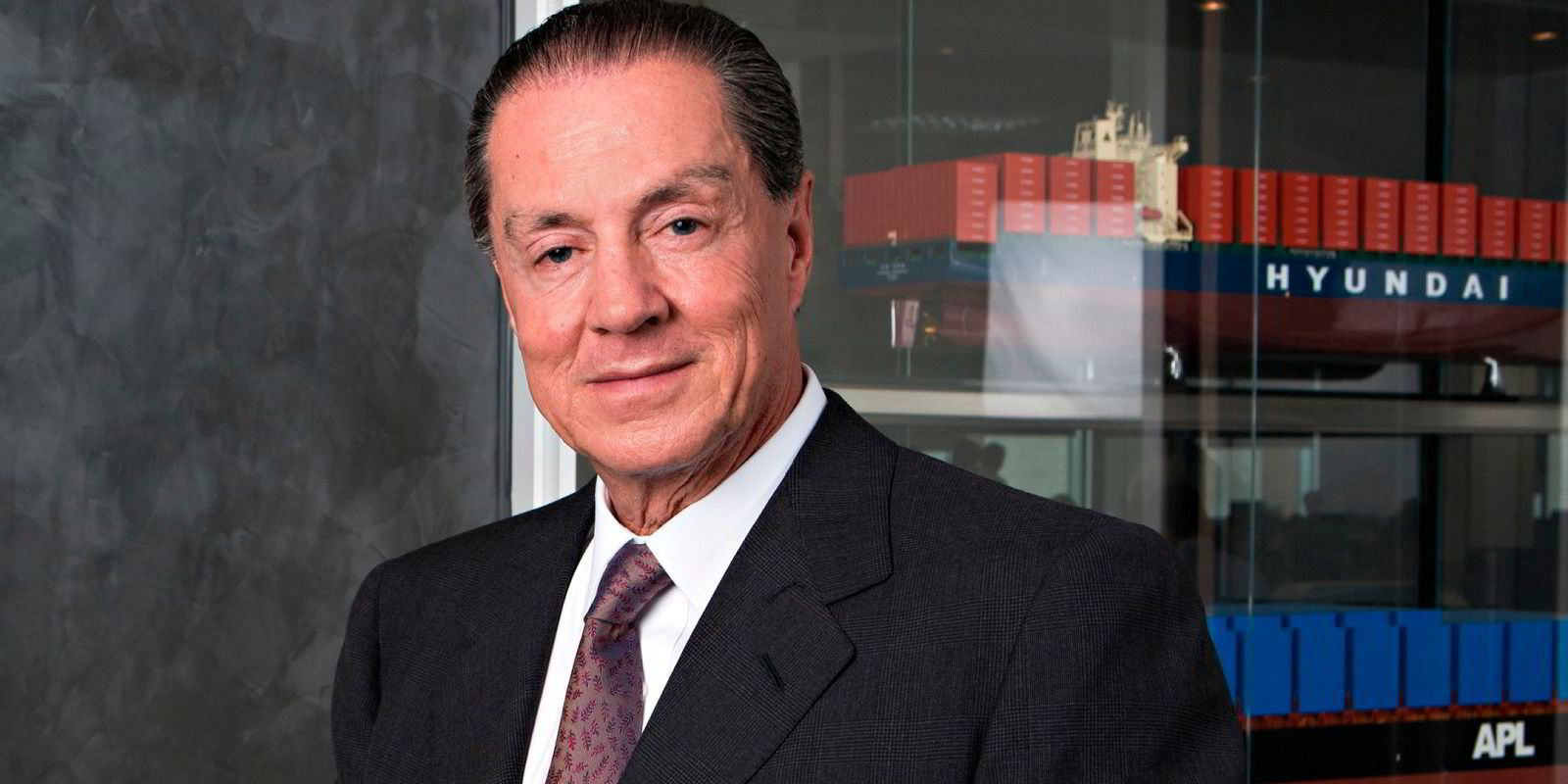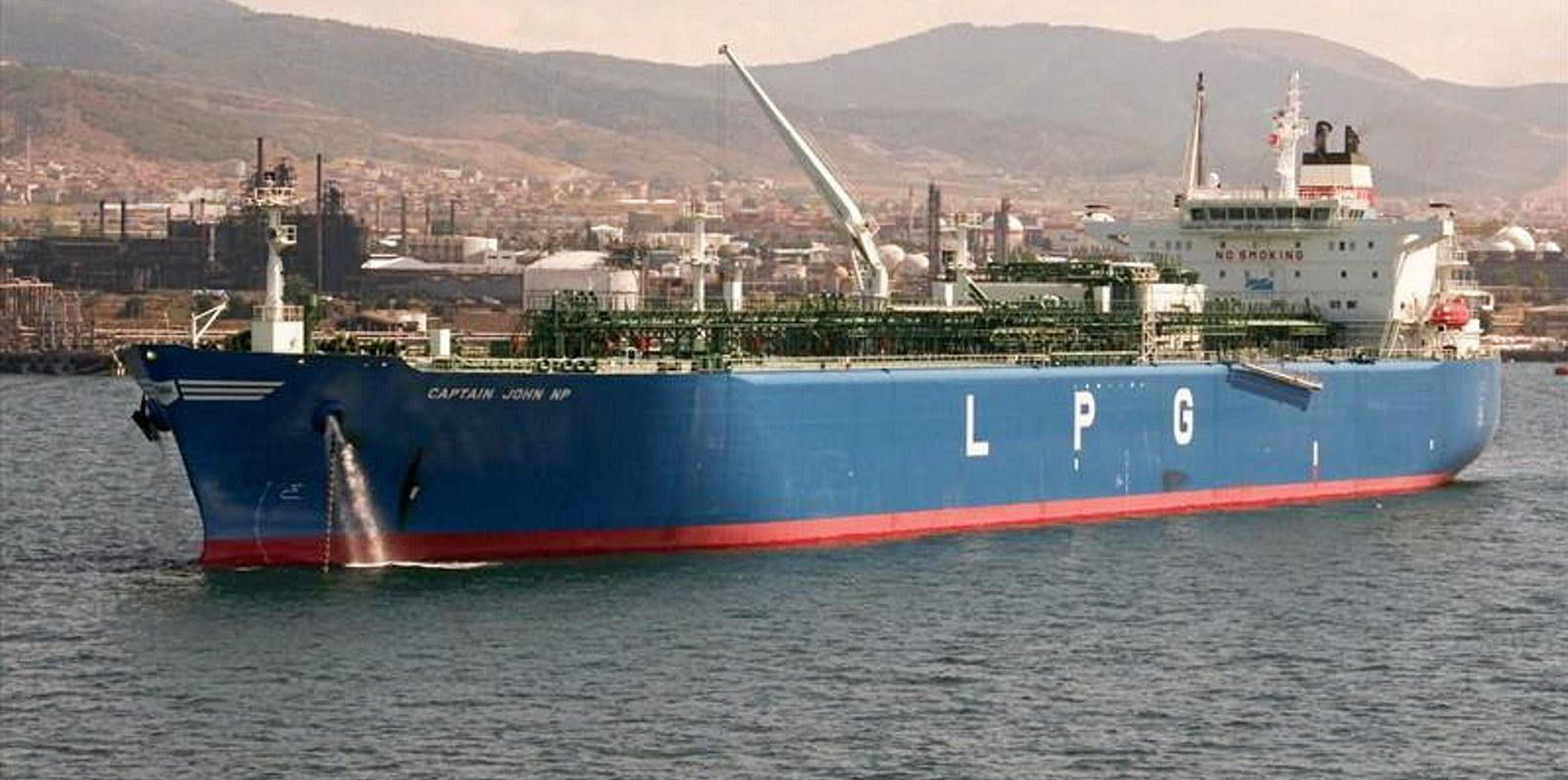BW LPG said the completion of the first ever VLGC voyage powered by LPG means more operational time for the vessel.
The BW Group spin-off 84,195-cbm BW Gemini (built 2015) arrived at the Enterprise Terminal in Houston, US, on 5 December, after crossing the Pacific from Asia.
The dual-fuel vessel completed a loading of a record cargo of 49,000 cbm on Monday and refuelled with LPG during this operation.
"As the vessel refuelled while loading and no additional bunkering was needed, she has proceeded on her voyage. This turnaround translates to an increase in the vessel’s commercial availability for customers," the Singapore shipowner said.
Following this success, Oslo-listed BW LPG said it has now committed another three VLGCs to retrofits.
This brings the total number of vessels scheduled for the work to 15 and a total cost of $130m.
BW LPG chief executive Anders Onarheim said: "We are taking the lead and advancing technology that will allow us to decarbonise and maximise the value of an asset with a 20-year lifespan as we prepare for a zero-carbon solution."
Retrofits better than newbuildings
"The cost is seemingly on par with the previous units with circa $8.5m per vessel," said Fearnley Securities.
"We expect the majority of this cost to be funded by debt and as such see little impact on potential dividends from BW LPG. There is no mention of the time frame, but we would expect the units to enter docks sometime in 2021."
Fearnley's calculations suggest cost savings of $4,000 per day in 2022 from the work, in addition to saved time on bunkering.
Building new ships can provide the benefits of operating with LPG but comes at a heavy cost, Onarheim added.
Counting total emissions, a new ship represents about 70,000 tonnes of carbon dioxide in the materials and building process, Onarheim said.
"Compared to 2,000 tonnes of carbon dioxide for retrofitting, the sustainability outcome is much better from retrofitting than from building new vessels," he added.






